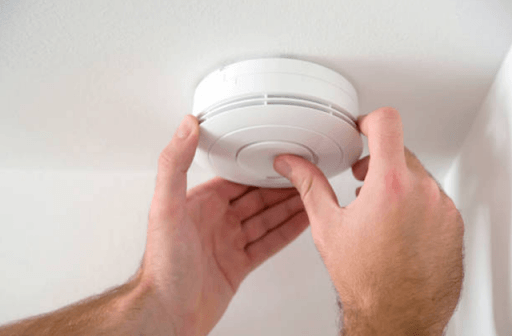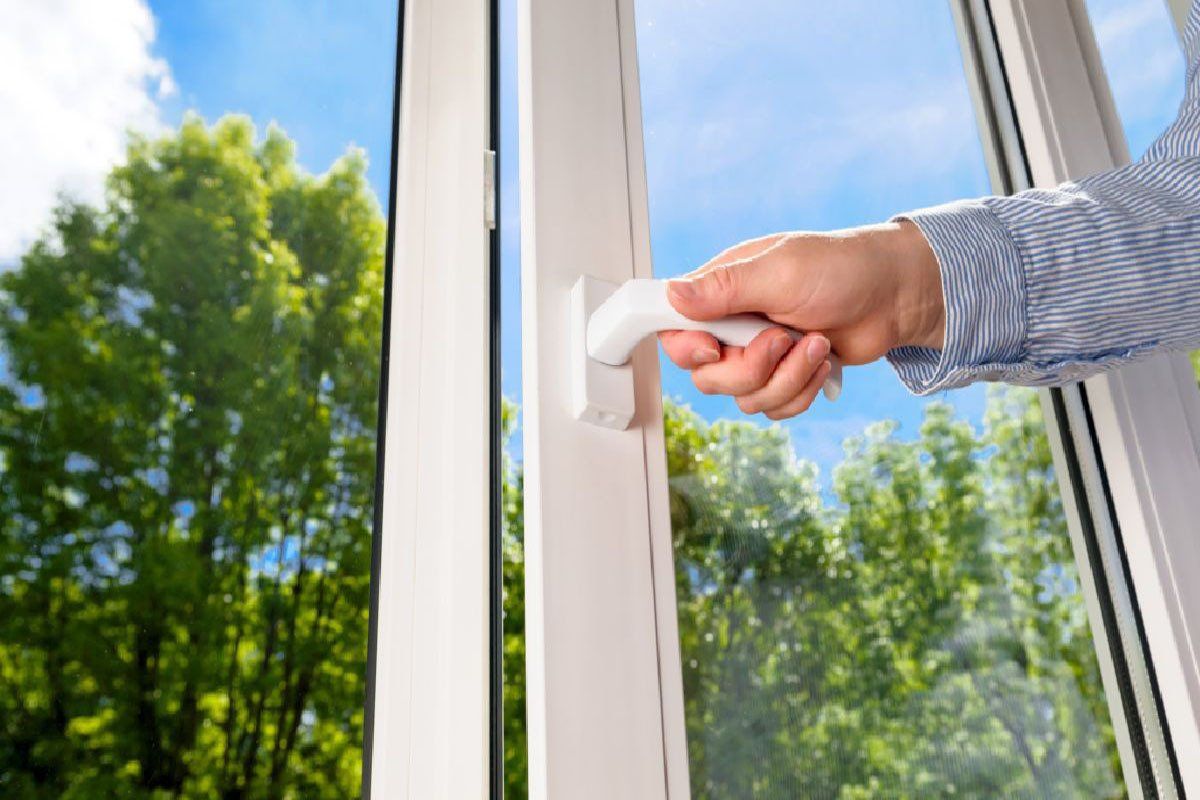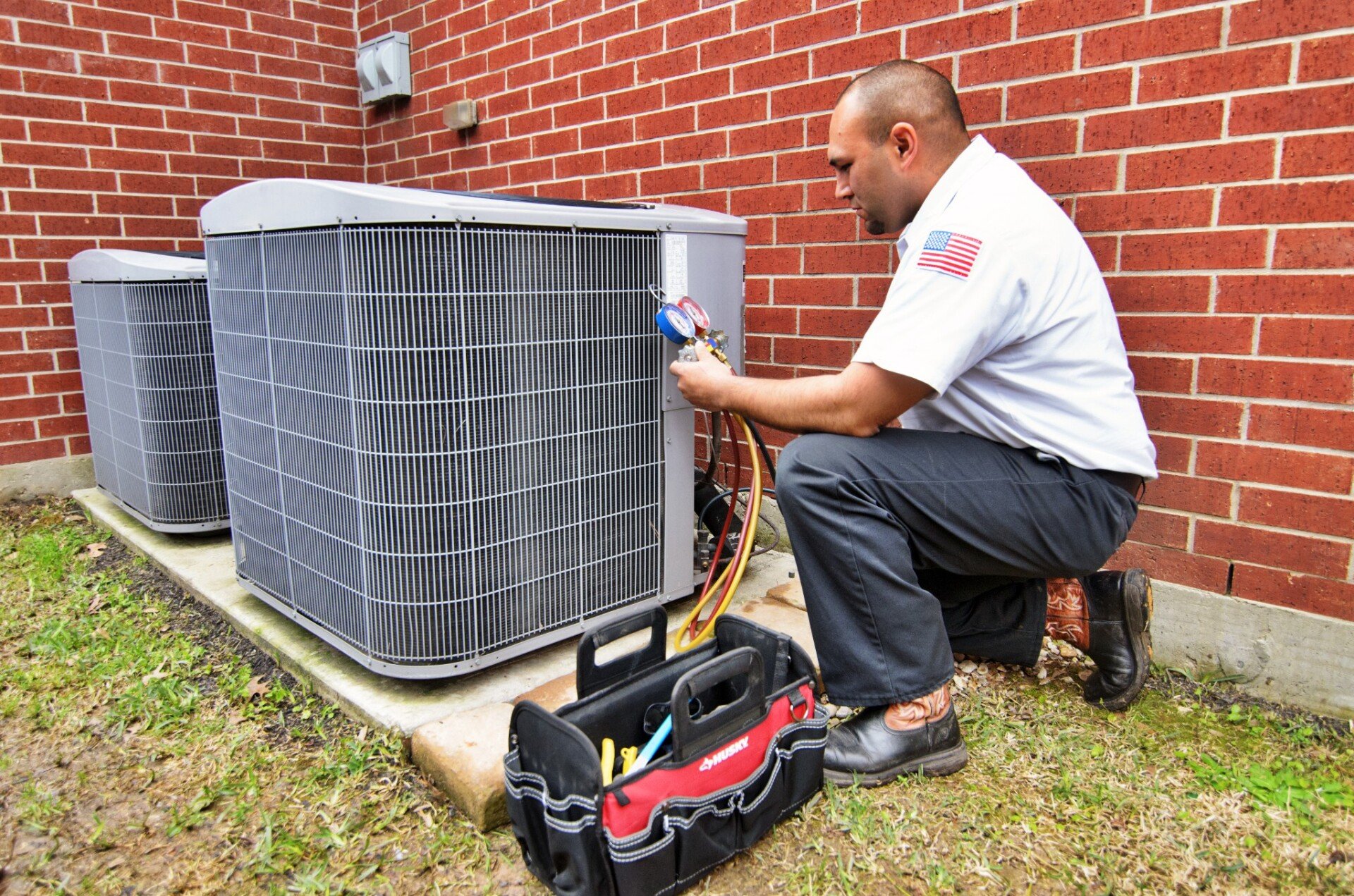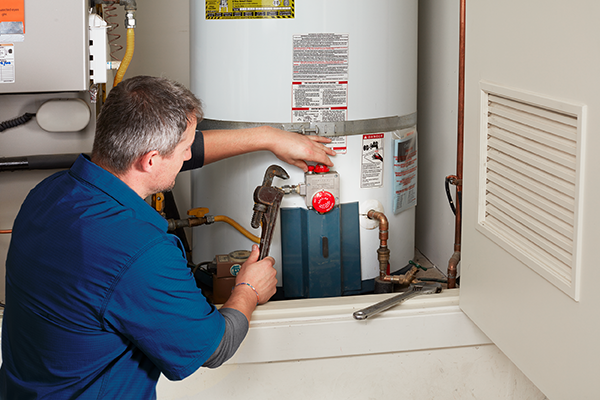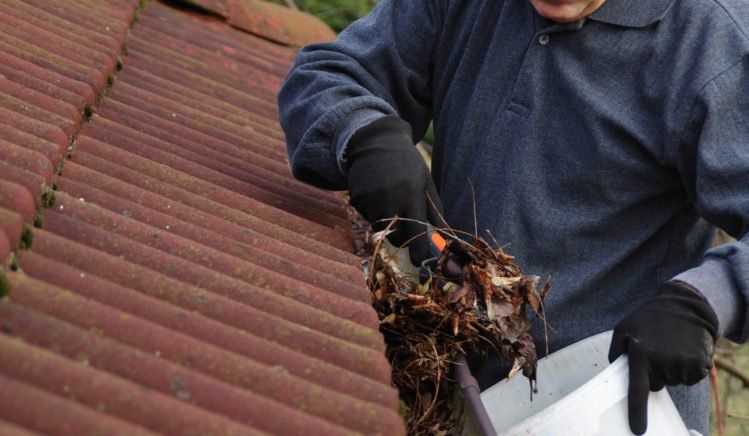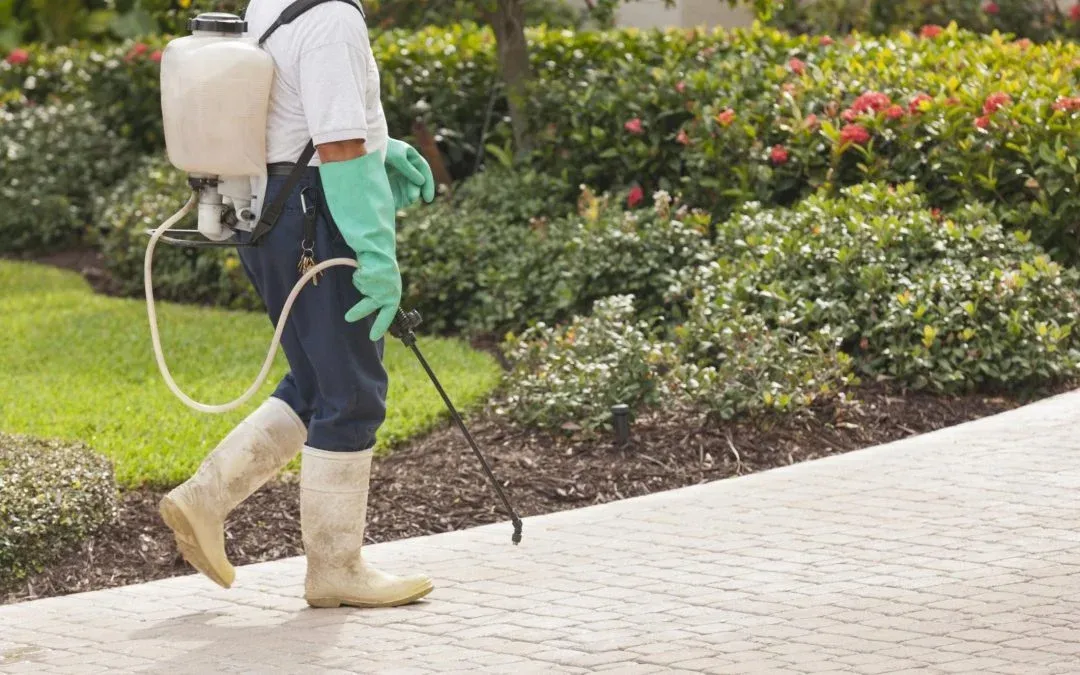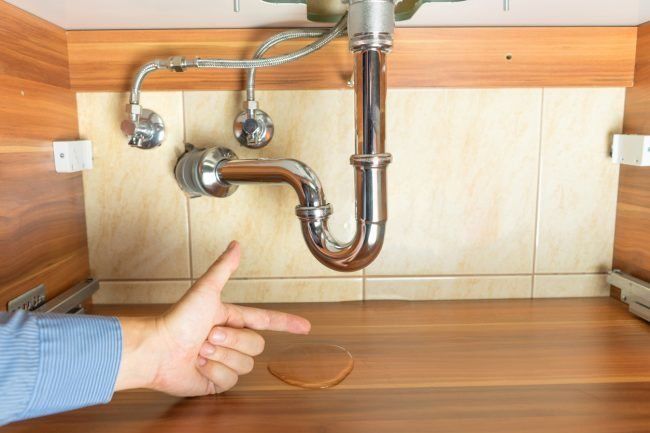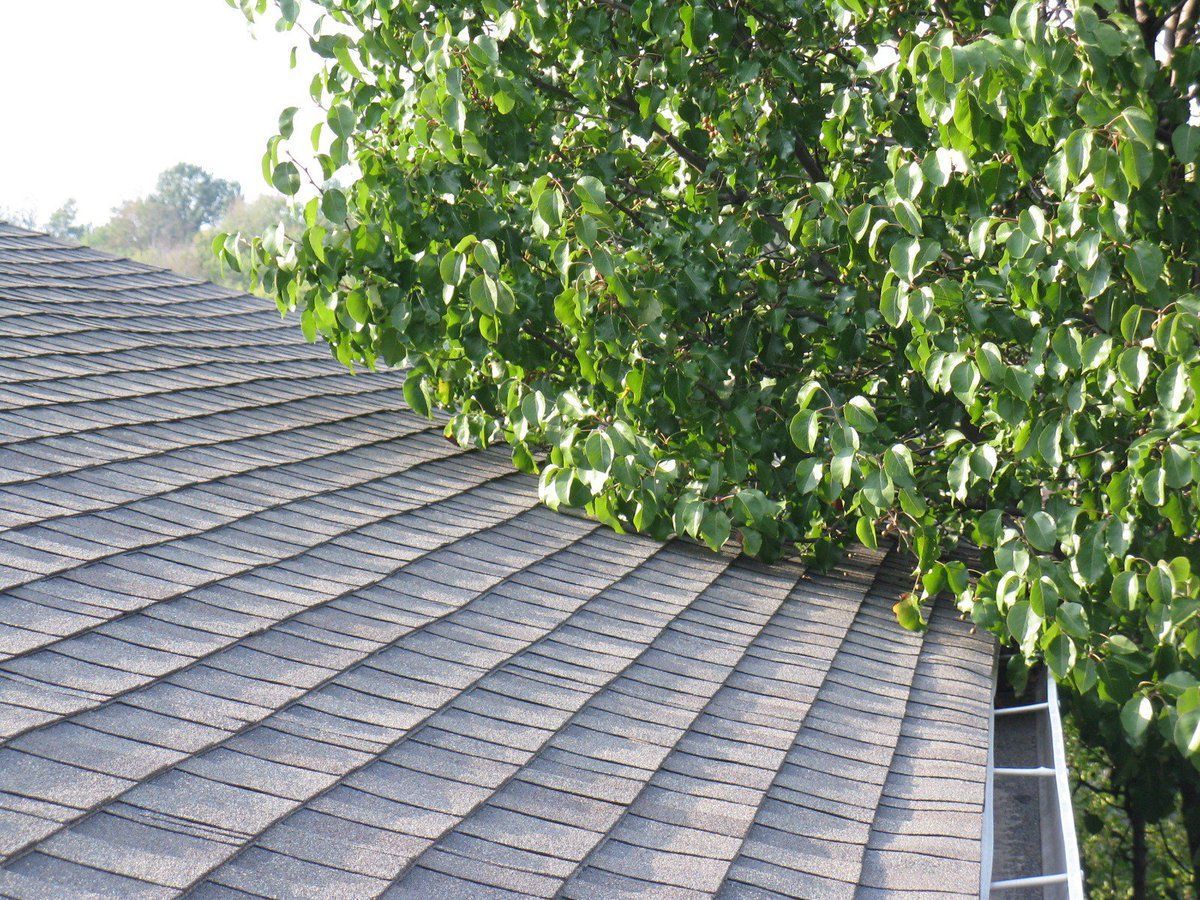Why Is a Rental Property Maintenance Schedule Important?
Whether you own a rental property or work as a property manager, there are tasks that should be completed on a regular basis. From changing furnace filters to testing carbon monoxide detectors, it’s your responsibility to ensure that your property is in livable condition.
First, What Laws Apply to a Landlord’s Repair Responsibilities?
Under the Landlord-Tenant Act, landlords are required to meet certain health and safety standards. They must also keep plumbing, electricity, heating and other basic amenities in working order. More specific landlord maintenance requirements depend on local municipal building codes or are spelled out in the lease agreement. For example, some property managers may take care of landscaping and snow removal, while others may pass this responsibility on to the tenant.
For landlord-tenant laws specific to your state, check out this map from The American Apartment Owners Association.
How Quickly Must a Landlord Make Repairs?
As a general rule of thumb, landlords have a 24-48-hour time frame to make repairs. Heating, cooling and other emergency repairs should be handled within 24 hours. Less-immediate repairs like a dripping faucet should be handled within 48 hours. Minor repairs and damages caused by tenants or guests are typically not the landlord’s responsibility.
Landlord’s Duty of Timely Notice
Keep in mind – before completing any of the repairs on our landlord maintenance checklist, you must have your tenant’s permission to enter the property. If you don’t give proper notice, you can be sued by the tenant or fined by the state. Most states require that you give 24- or 48-hours’ notice. However, in the event of an emergency repair, like a burst pipe, you may enter the home or unit without notice.

